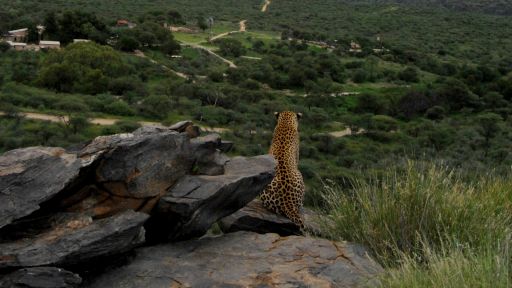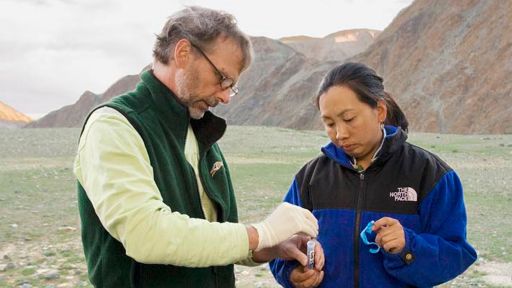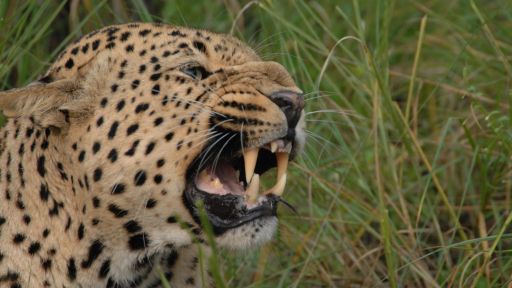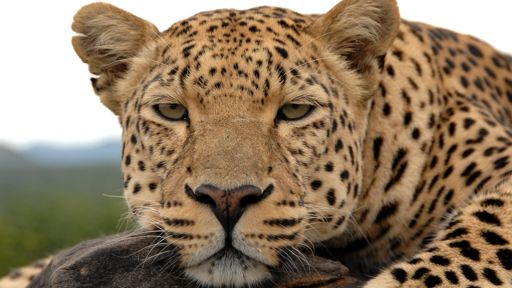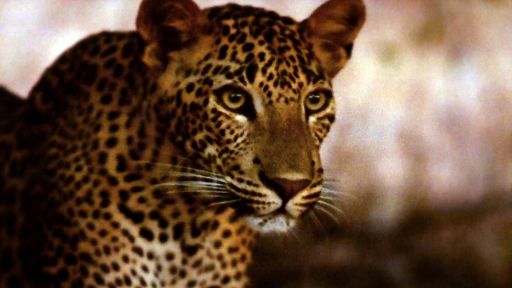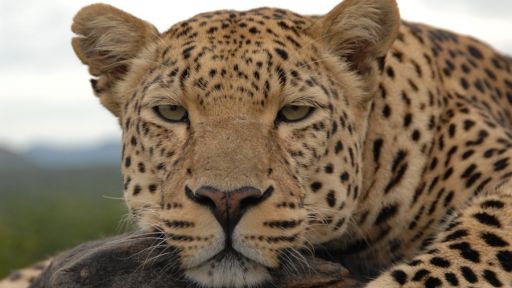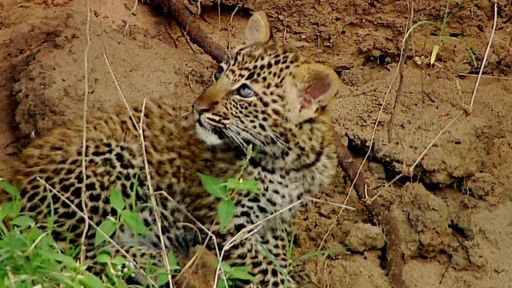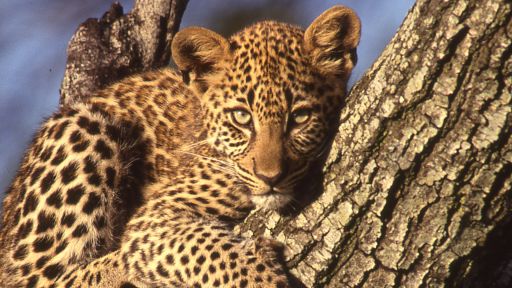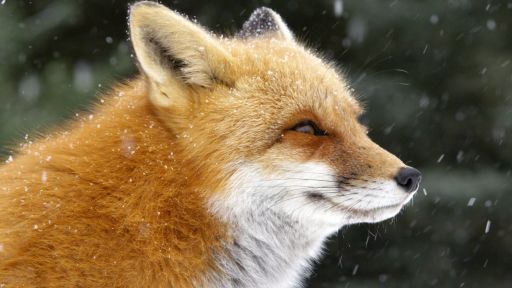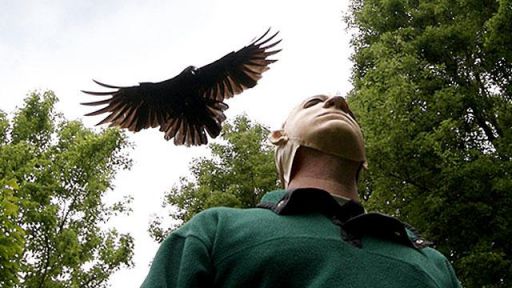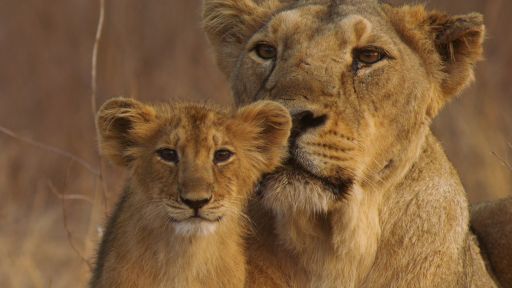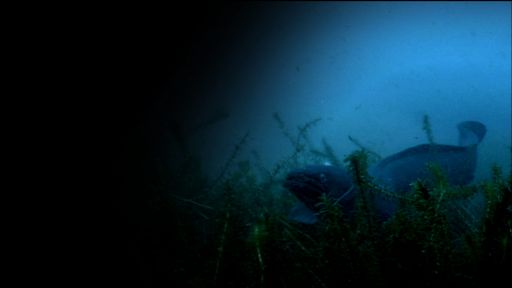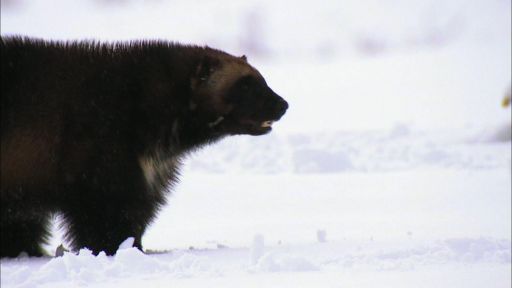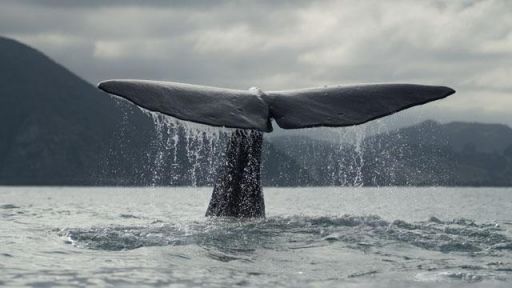LEOPARDS in NEWS and SCIENCE
Science Daily-“Understanding Why Leopards Can’t Change Their Spots” (January 14, 2010)
Genetic researchers have located the genes for pattern formation in the coats of large cats; they are hoping to apply their findings to various human skin disorders.
Science Daily-“Why the Leopard Got Its Spots” (October 20, 2010)
Scientists link pattern variation in large cats with geographical variation and adaptation.
The Royal Society, “How the leopard got its spots: relating pattern development to ecology in felids”
A scientific paper presents a hypothesis which seeks to explain the evolutionary origins of the leopard’s magnificent color patterns.
Daily Mail-“Leopards and other big cats ARE on the loose in Britain – just don’t tell a soul” (May 28, 2010)
Despite various conflicting reports, a video journalist seeks to settle the issue once and for all – there is indeed a sizable population of leopards living in the English countryside.
Danwei-“Wild Leopards of Beijing” (July 31, 2007)
A news report on the growing number of leopard sightings around the city of Beijing.
Science Daily-“New Species Declared: Clouded Leopard on Borneo and Sumatra” (March 15, 2007)
After genetic analysis, the rare clouded leopard was found to be an entirely different species of large cat which diverged from the mainland population of leopard roughly 1.4 million years ago.
Wildlife Extra News–“Mumbai Leopards: Killers or Victims?” (November 4, 2008)
The overpopulation and urban sprawl in Mumbai have led to breached park perimeters in Sanjay Gandhi National Park, releasing leopards into the city for easy domestic prey as well as violent human encounters.
USDA, Resources on Leopards/Leopard Studies
This site compiles and categorizes a large number of informational and scientific resources allowing for in depth study of leopard behavior, physiology, and ecological condition.
LEOPARDS and CONSERVATION
African Wildlife Foundation
The African Wildlife Foundation aims to safeguard wildlife populations, including the African Leopard. It has launched the Leopard Conservation Science Project in the Limpopo Heartland; stretching across Mozambique, South Africa, and Zimbabwe.
The Cape Leopard Trust
The Cape Leopard Trust is an organization promoting scientific research and conservation of leopards in South Africa.
World Wildlife Fund
The WWF’s mission is the conservation of wildlife and ecosystems. They are involved in conservation efforts of two of the most critically endangered leopard species; the Amur leopard and the Snow leopard.
IUCN, Red List of Threatened Species
This site contains comprehensive information on the current status of leopards living in the wild.
IUCN, Status Survey and Conservation Action Plan
This link leads to the PDF file of the IUCN’s 1996 action plan for wildcats, consisting of scientific research as well as recommendations for high priority actions for conservation.
Soundboard, Leopards and Black Panther Sounds
This site provides a series of links that allow you to listen to growling sounds made by a wide variety of leopard species!

